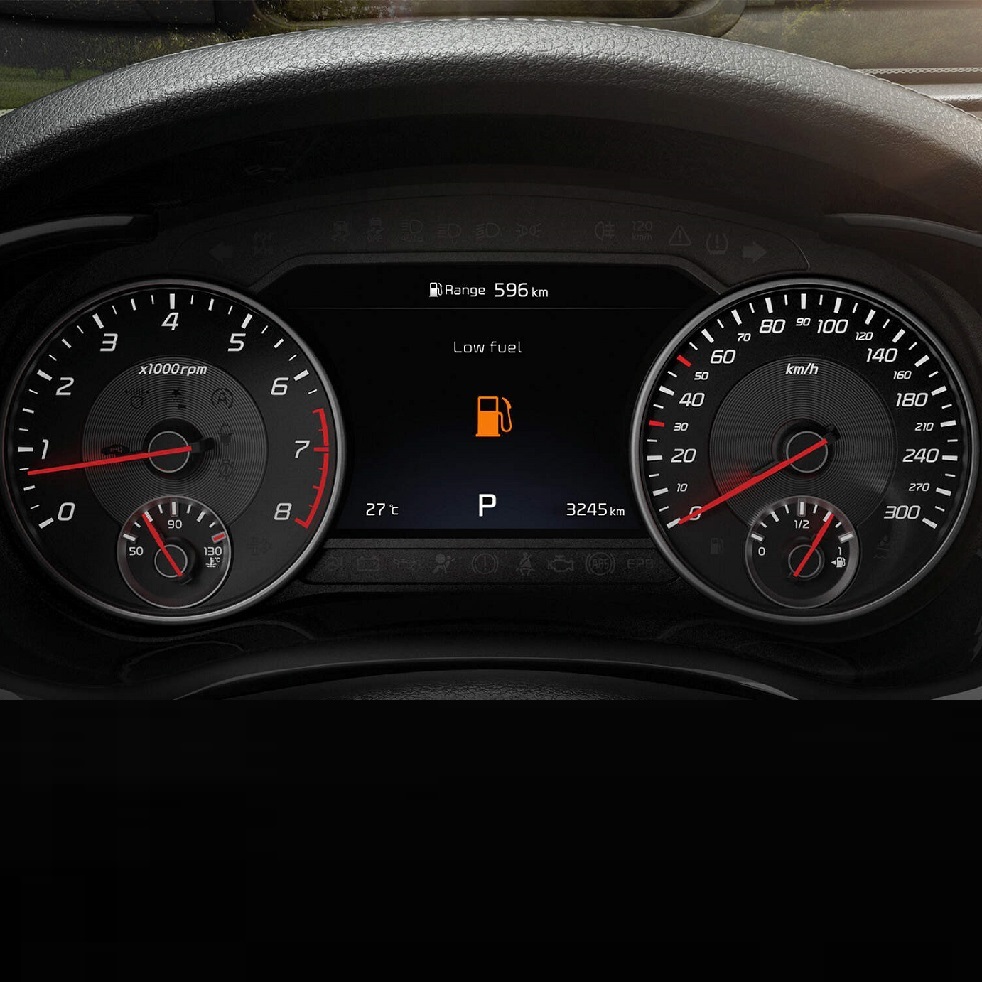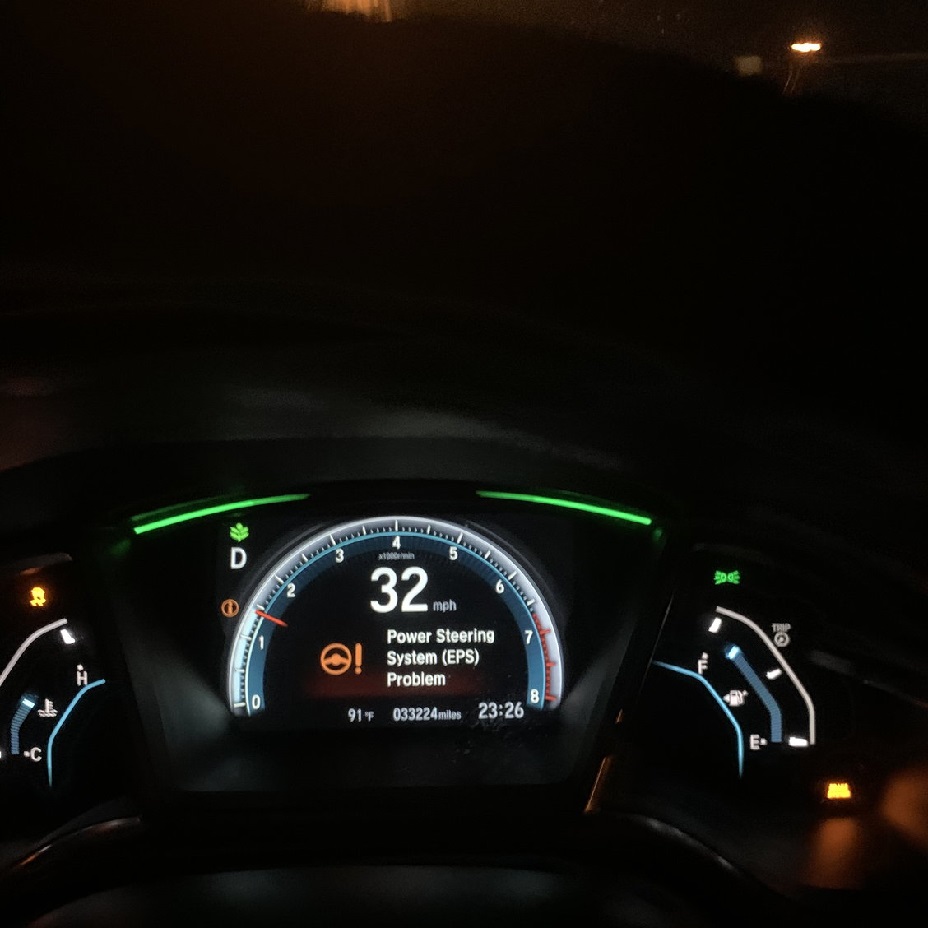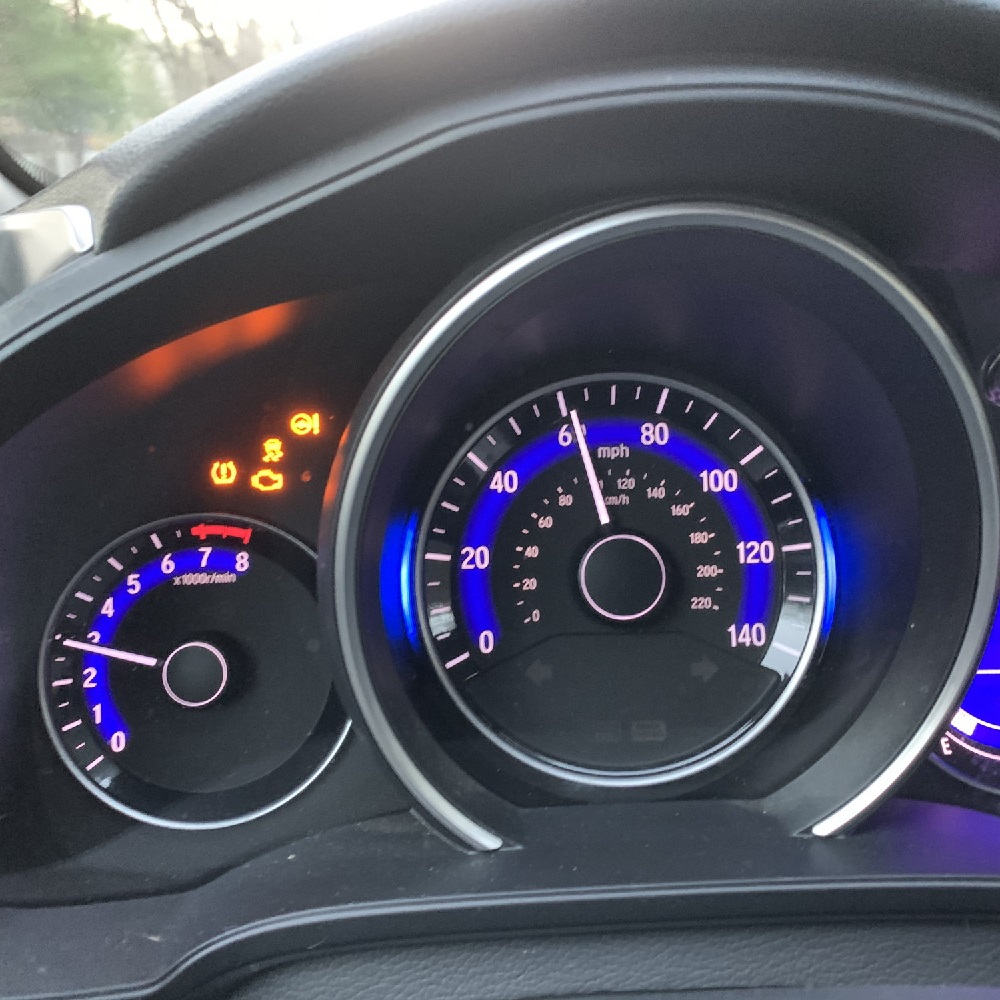Understanding the EPS System
Navigating through the complexities of modern vehicles can be challenging. One critical component is the EPS, or Electric Power Steering system. Unlike traditional hydraulic steering systems, EPS provides a more efficient way of steering your vehicle, which is why understanding it is vital for every driver.
Hydraulic vs. Electric Power Steering
Hydraulic power steering systems use fluid to aid in turning the vehicle’s wheels. This system relies on a pump to move the fluid and ease the steering effort. In contrast, electric power steering systems don’t use fluid. They utilize an electric motor instead, which makes them more energy-efficient and reduces weight in the car.
Two key advantages of EPS over hydraulic systems are that they typically require less maintenance and provide better fuel economy. Many new cars have EPS because it can adjust the level of steering assistance to the speed of the vehicle, offering a smoother driving experience.
How Electric Power Steering (EPS) Works
EPS light in car issues can seem complex, but the system’s underlying principles are straightforward. The vehicle’s sensors detect the driver’s steering input. Information from these sensors is then sent to the car’s computer. This computer decides how much assistance the electric motor should provide to the steering mechanism.
This process occurs continuously as you drive, ensuring that the right amount of steering help is available whenever you need it. However, when something in this refined system goes wrong, the EPS light in your car will trigger as a warning. This light is a call to action, signaling you to check your EPS system and seek professional help if needed. By understanding how EPS works, you are better prepared to recognize when there may be an issue.
Recognizing EPS Warning Light Indicators
When the EPS light in your car flashes on, it’s your vehicle’s way of telling you to pay attention. This warning light is crucial and it’s linked directly to the electric power steering system. The light might show as a steering wheel icon with an exclamation mark or simply as ‘EPS’. Recognizing what this light signals is the first step in diagnosing and solving any potential issues.
What Does the EPS Light Signal?
An illuminated EPS light indicates a problem with the car’s electric power steering system. It’s designed to alert you as soon as the system experiences a fault that could impact your ability to steer the car smoothly or at all. Responding to this warning quickly can prevent more complex and costly repairs.
Situations Leading to an EPS Light Alert
Several situations can trigger the EPS light to come on. Common culprits include a malfunctioning steering angle sensor, issues with the car’s battery or alternator, or disruptions caused by a recent jump-start or battery disconnection. Other less frequent but possible causes could be damaged wiring or overheating in the electric motor. If this light comes on, stopping your vehicle when safe to do so and addressing the issue promptly is key to maintaining your safety on the road.
Immediate Actions When the EPS Light Illuminates
When the EPS light in your car turns on, it calls for quick action.
Safety Measures to Take
Your safety is paramount once the EPS light shows up.
- Slow down and reduce your speed carefully.
- Look for a secure area to park your vehicle.
- Avoid sharp turns and sudden movements.
- If steering feels tough, use both hands and steer gently.
Checking EPS-Related Components
Before you visit a mechanic, check a few things:
- Examine the car’s battery and connections for any visible issues.
- Look for the EPS system fuse in the fuse box and check if it’s intact.
- If you recently jump-started the car, consider this as a possible cause.
- Make sure your car engine is off and check the steering for uncharacteristic noises when turning the wheel.
Remember, addressing EPS light in car issues swiftly can help prevent more severe problems.
Common Causes for EPS Light Activation
Encountering the EPS light in your car can be concerning. It’s essential to understand the frequent triggers that cause this light to illuminate. Addressing these issues early can help prevent more significant problems in your vehicle’s steering system.
Battery and Alternator Issues
One common source of EPS light activation includes problems with your car’s battery or alternator. These components are crucial as they supply power to the EPS system. A weak battery may not provide enough voltage, leading to the EPS system malfunctioning. Similarly, if your alternator isn’t charging the battery properly, the EPS light may come on. Checking the battery terminals for corrosion or loose connections is a good first step.
Steering Angle Sensor Faults
The steering angle sensor plays a pivotal role by informing the EPS system of the wheel’s position. If this sensor fails or becomes misaligned, it can send incorrect signals, causing the EPS light to show. Sensor issues are one of the top reasons the EPS light turns on. Maintaining accurate alignment and promptly addressing any dashboard warning lights related to steering can mitigate this risk.
Troubleshooting and Resolving EPS Light Issues
If the EPS light in your car lights up, it’s time for some troubleshooting. Knowing what to check first can save time and money.
Diagnostic Tools and Professional Checks
Professional help is key when you see an EPS light in your car. Mechanics have diagnostic tools to find the exact problem. They can check the car’s computer system quickly. This way, they identify the error causing the EPS light to trigger. Sometimes, a sensor needs recalibration or replacement. Other times, it might be a software issue. Always let experts with the right tools handle these checks for safety.
Jump-Starts and Battery Disconnections
If you’ve had a jump-start or battery disconnection, it could set off the EPS light. After such events, reset the system by turning the car off, then on again. This reboot can sometimes clear the fault. However, it’s not a sure fix. You need to check for damage caused by voltage changes. If the light stays on, see a mechanic. It’s best not to ignore the light. It could mean bigger electrical issues in your car.
Maintenance Tips for Preventing EPS Problems
To stop EPS light in car issues, keep your vehicle well-maintained. Here’s how:
Regular Vehicle Check-Ups
One action to avoid EPS problems is regular car check-ups. This includes:
- Professional mechanic inspections yearly or as your manual suggests.
- Checking the battery’s health and its connections.
- Looking at the steering system for signs of wear or damage.
- Ensuring the alternator functions correctly for proper battery charging.
These steps help catch issues early and keep the EPS system running smooth.
Understanding the Importance of Steering System Care
It’s vital to recognize the role your steering system plays. Good care ensures safety and a good drive feel.
- Use your vehicle manual to learn about the EPS system.
- Stick to the steering system maintenance schedule in the manual.
- Use only the recommended products for your car’s EPS system.
Remember, taking care of your steering system means a safer and more reliable car.
The Risks of Driving with an EPS Warning Light On
When the EPS light in your car shines, it’s a serious alert. This light warns of problems with your vehicle’s electric power steering – an essential for safe driving. Ignoring it can put you in danger, as it may be harder to steer, especially in emergencies.
Handling Potentially Unsafe Driving Conditions
If you must drive with the EPS lights on, be extra cautious. Keep your speed low and avoid sudden turns. Use both hands on the wheel to help control the vehicle. Remember, the steering will be tougher, so gentle moves are best.
When to Seek Immediate Professional Assistance
Spotting the EPS light should prompt a visit to a mechanic. If steering feels off or the light stays on, get professional help right away. Let experts with the right tools diagnose and fix the issue, ensuring your safety on the road.



